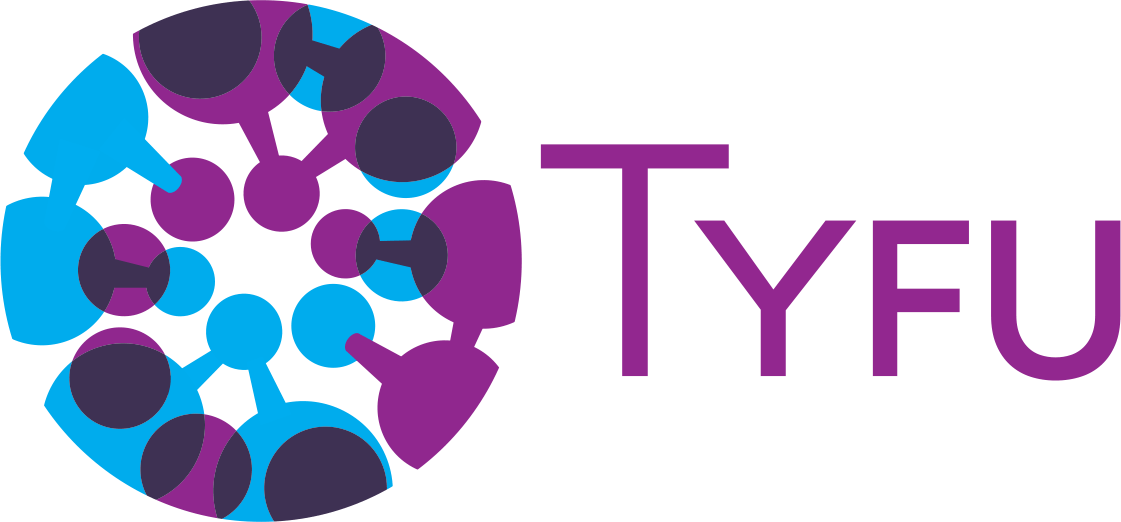Assessment made simple

Why Tyfu?
Tyfu serves as a comprehensive resource for monitoring progression, planning lessons and digital portfolios for learners. , meticulously tailored to the Curriculum for Wales. Even better, we can quickly provide a customised solution for your setting - read below to find out more!
The three Ps and customisation!
Planning
Tyfu contains a planning module in which you can upload plans and make links to DoLs, statements within the LNF and DCF, and more! You can then generate summaries for classes, cohorts and whole school so you can see the links between your plans and the frameworks you're using to assess, and identify any gaps.
Progress
Tyfu contains a powerful but simple progress tracking tool, which enables you not only to view the progress of an individual child over time, but also to quickly and easily compare progress between groups of learners.
Portfolios
Tyfu gives SLTs easy access to assessment information on an individual, class, group or yeargroup basis in real time. The school on a page feature enables SLTs to consider assessment and progress information alongside overall school context, whilst the self assessment tool provides the ability to understand where the school is at in terms of its longer term plan.
The comprehensive features within Tyfu also provide considerable cost savings as it eliminates the need for multiple software platforms.
Customisation
Best of all...all of our 3 Ps are customisable! We have built an incredibly diverse set of tools for the schools we work with. We can embed your existing Excel/paper tracking system into Tyfu (saving you the work of setting it all up every summer when classes are changed!), along with planning formats so you can plan directly into Tyfu, and incorporate bespoke frameworks for linking portfolio work. We can provide a one-stop shop for planning, progress and portfolios tailored to your setting.
You're the experts on your own schools, and we love working with you to create the single unique solution that works for you! Get in touch now for a conversation and see how we can help!
Here's how
Data Security
At Tyfu we take data security extremely seriously. No data is stored on local devices, but on servers in ISO27001 verified data warehouses. We are currently undergoing ISO27001/2 accreditation - see our blog here!
